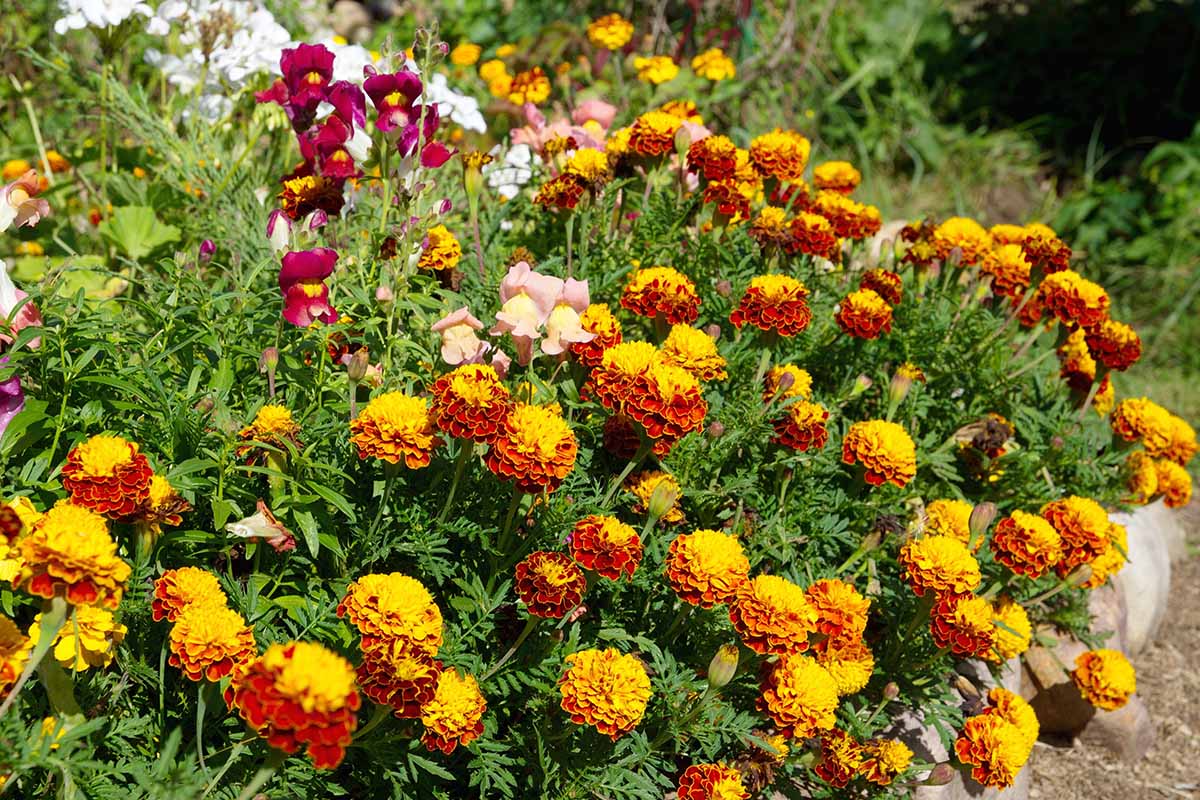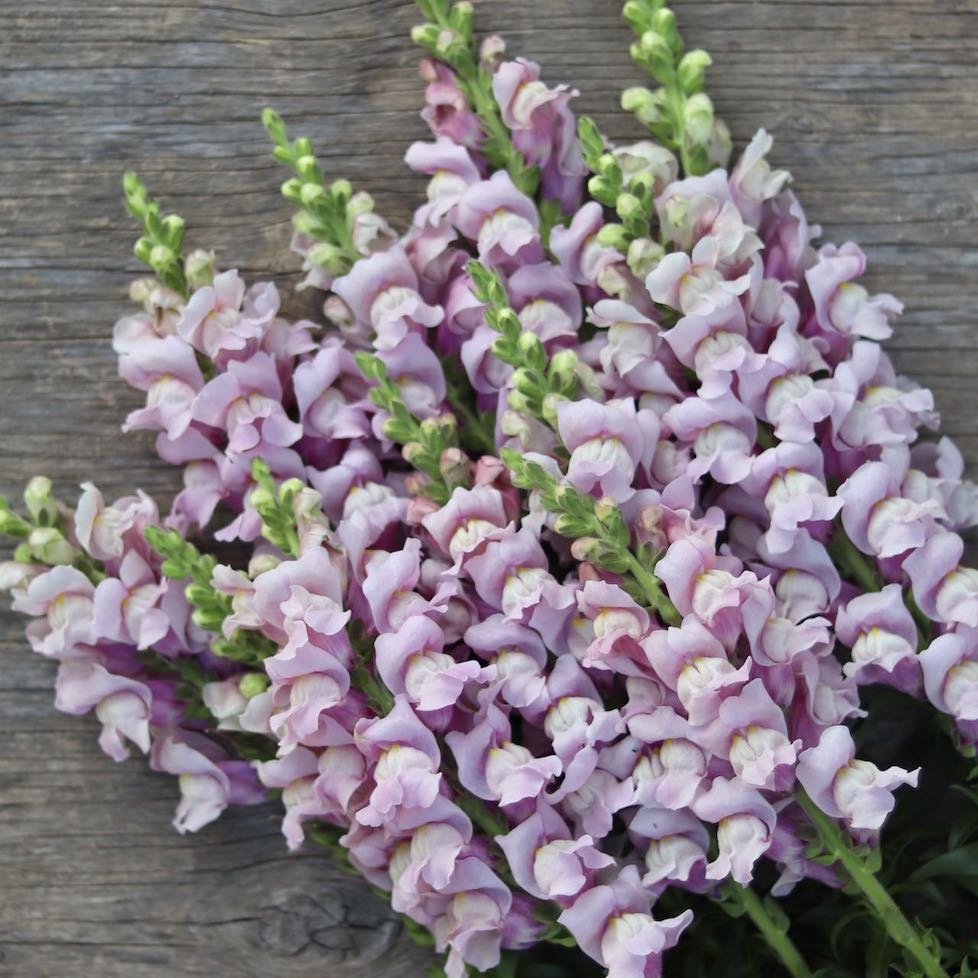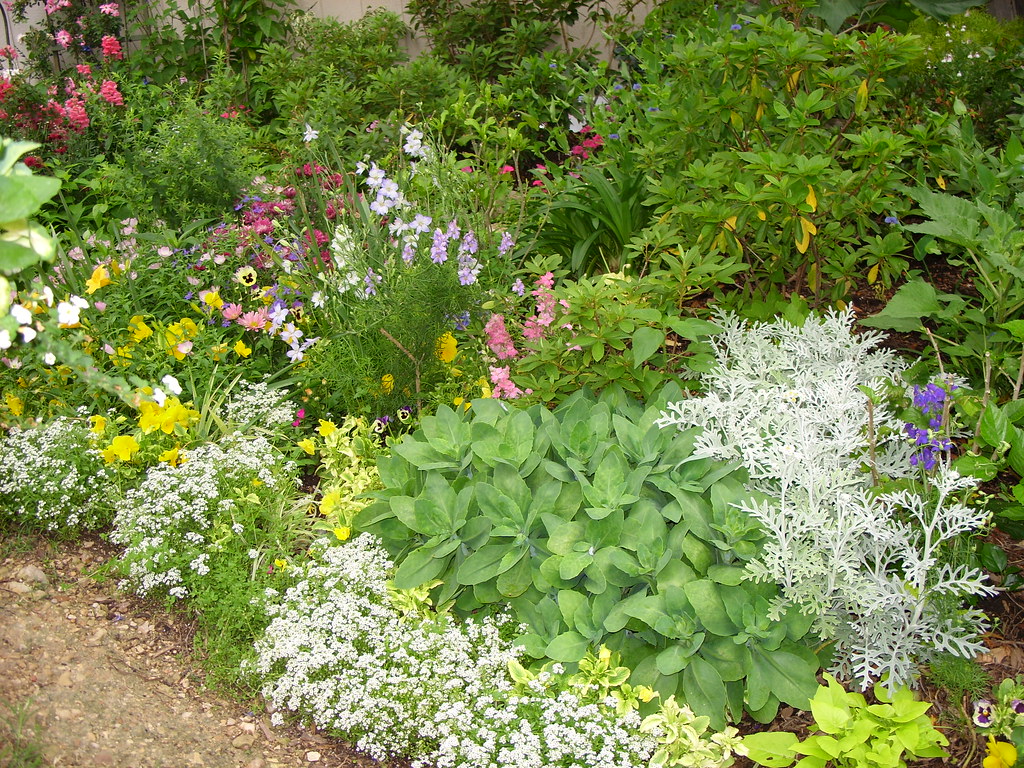The Ultimate Guide To Companion Planting Snapdragons
The Ultimate Guide to Companion Planting Snapdragons
Snapdragons are a beautiful and versatile flower that can be grown in a variety of settings. They are also a great choice for companion planting, as they can help to attract beneficial insects and deter pests.
In this guide, we will discuss the benefits of companion planting with snapdragons, as well as some of the best plants to pair them with. We will also provide some tips on how to choose the right companion plants for your garden.
Benefits of Companion Planting with Snapdragons
There are many benefits to companion planting with snapdragons. Some of the most important benefits include:
- Attracting beneficial insects. Snapdragons attract a variety of beneficial insects, including pollinators such as bees and butterflies. These insects help to pollinate other plants in your garden, which can boost your yields.
- Deterring pests. Snapdragons also help to deter pests. For example, they can help to repel aphids, spider mites, and whiteflies.
- Improving soil quality. Snapdragons can help to improve soil quality by adding nutrients and organic matter. This can benefit other plants in your garden.
- Creating a more attractive garden. Snapdragons are a beautiful flower that can add color and interest to any garden. Companion planting with other attractive flowers can create a more visually appealing garden.
Best Plants to Pair with Snapdragons
There are many different plants that can be paired with snapdragons. Some of the best include:
- Marigolds. Marigolds are a popular companion plant for snapdragons. They help to deter pests, such as aphids and spider mites. They also attract beneficial insects, such as ladybugs and lacewings.

- Lavender. Lavender is another great companion plant for snapdragons. It helps to repel pests, such as mosquitoes and flies. It also has a calming scent that can help to keep your garden pests at bay.

- Sweet alyssum. Sweet alyssum is a low-growing plant that can be used to fill in the gaps between snapdragons. It attracts beneficial insects, such as bees and butterflies. It also has a sweet scent that can help to attract pollinators.

- Cosmos. Cosmos is a tall, airy plant that can be used to provide contrast to snapdragons. It attracts beneficial insects, such as bees and butterflies. It also has a long bloom period, which can extend the flowering season of your garden.
.jpg)
- Geraniums. Geraniums are a colorful and versatile plant that can be paired with snapdragons. They attract beneficial insects, such as bees and butterflies. They also help to deter pests, such as aphids and spider mites.

Choosing the Right Companion Plants
When choosing companion plants for snapdragons, there are a few things to keep in mind. First, consider the size and growth habit of the plants. You want to choose plants that will complement each other and not compete for space.
Second, consider the needs of the plants. Snapdragons need full sun and well-drained soil. Make sure that the companion plants you choose have similar needs.
Finally, consider the aesthetic appeal of the plants. You want to choose plants that you like the look of and that will complement the overall look of your garden.
Conclusion
Snapdragons are a beautiful and versatile flower that can be grown in a variety of settings. They are also a great choice for companion planting, as they can help to attract beneficial insects and deter pests.
In this guide, we discussed the benefits of companion planting with snapdragons, as well as some of the best plants to pair them with. We also provided some tips on how to choose the right companion plants for your garden.
I hope this guide has been helpful. If you have any questions, please feel free to leave a comment below.
Snapdragons are a beautiful and versatile flower that can add a touch of elegance to any garden. But did you know that there are certain plants that can enhance the beauty and health of your snapdragons?
Companion planting is a gardening technique that involves planting different types of plants together in order to create a mutually beneficial relationship. When you plant the right companion plants together, you can help to improve the growth, health, and pest resistance of your snapdragons.
Some of the best companion plants for snapdragons include:
- Pot marigolds: Pot marigolds are a natural insect repellent, which can help to keep pests away from your snapdragons. They also add a splash of color to your garden.
- Love-in-a-mist: Love-in-a-mist is a low-growing plant with delicate blue flowers. It helps to suppress weeds and improve the drainage of the soil around your snapdragons.
- Geraniums: Geraniums are another type of insect repellent that can help to keep your snapdragons healthy. They also add a touch of color to your garden.
- Columbines: Columbines are tall, showy flowers that attract butterflies and other pollinators. They also help to improve the drainage of the soil around your snapdragons.
If you're looking for ways to improve the beauty and health of your snapdragons, I encourage you to learn more about companion planting. There are many resources available online and in libraries that can help you get started.
One great resource is the website Gardenia Inspiration. This website provides a comprehensive list of companion plants for snapdragons, as well as information on how to plant and care for these beautiful flowers.
FAQ of companion plants for snapdragons
Question 1: What are some good companion plants for snapdragons?
Answer: Some good companion plants for snapdragons include:
- Pericallis (also known as feverfew or daisy bush) is a hardy perennial that blooms in late spring and summer. It has daisy-like flowers that come in a variety of colors, including yellow, white, and purple. Pericallis is a good companion plant for snapdragons because it attracts pollinators and helps to deter pests.

- Pot marigolds are annual flowers that bloom in early summer. They have bright orange or yellow flowers that attract pollinators. Pot marigolds are also a good choice for companion planting because they help to improve the soil quality.

- Love in a mist is a delicate annual flower that blooms in late spring and early summer. It has small, blue or purple flowers that look like they are floating on air. Love in a mist is a good companion plant for snapdragons because it adds height and interest to the garden.

- Geraniums are perennial flowers that bloom in late spring and summer. They come in a variety of colors, including red, pink, white, and purple. Geraniums are a good companion plant for snapdragons because they attract pollinators and help to deter pests.
- Columbines are perennial flowers that bloom in early summer. They have large, colorful flowers that come in a variety of colors, including blue, pink, yellow, and white. Columbines are a good companion plant for snapdragons because they add height and interest to the garden.
Question 2: What are the benefits of companion planting with snapdragons?
Answer: There are several benefits to companion planting with snapdragons, including:
- Attracting pollinators: Snapdragons are a magnet for pollinators, such as bees, butterflies, and hummingbirds. Companion planting with other flowers that attract pollinators can help to increase the number of pollinators in your garden.
- Improving soil quality: Some companion plants, such as pot marigolds, can help to improve the soil quality. This can benefit snapdragons by providing them with the nutrients they need to grow strong and healthy.
- Deterring pests: Some companion plants, such as geraniums, can help to deter pests. This can help to protect snapdragons from being damaged by pests.
- Adding height and interest: Companion plants can add height and interest to a garden. This can help to create a more visually appealing garden.
Question 3: How close should companion plants be planted to snapdragons?
Answer: The ideal spacing between companion plants and snapdragons will vary depending on the size of the plants. However, a good rule of thumb is to plant companion plants about 12 inches away from snapdragons. This will give the plants enough space to grow and thrive.
Question 4: What are some common mistakes to avoid when companion planting with snapdragons?
Answer: Some common mistakes to avoid when companion planting with snapdragons include:
- Planting too many companion plants: It is important not to plant too many companion plants in the same area. This can crowd the plants and prevent them from getting the nutrients they need to grow.
- Planting companion plants that have different water needs: It is important to plant companion plants that have similar water needs. This will help to ensure that all of the plants get the water they need to thrive.
- Planting companion plants that have different soil pH requirements: It is important to plant companion plants that have similar soil pH requirements. This will help to ensure that all of the plants get the nutrients they need to thrive.
Question 5: What are some other tips for companion planting with snapdragons?
Answer: Here are some other tips for companion planting with snapdragons:
- Do your research: Before you plant any companion plants, it is important to do your research and make sure that the plants will be compatible.
- Experiment: There is no right or wrong way to companion plant with snapdragons. Experiment with different plants and see what works best in your garden.
- Have fun! Companion planting can be a fun and rewarding way to add color, interest, and diversity to your garden.
Post a Comment for "The Ultimate Guide To Companion Planting Snapdragons"